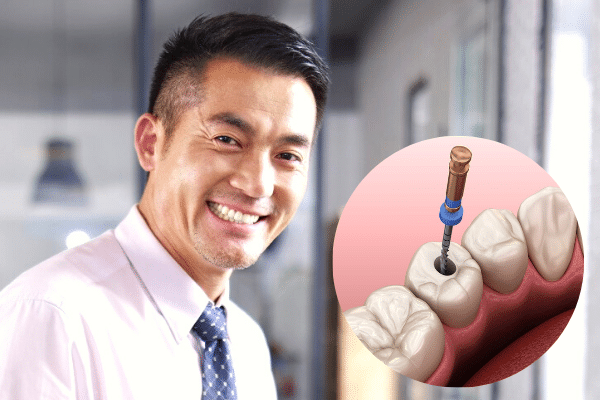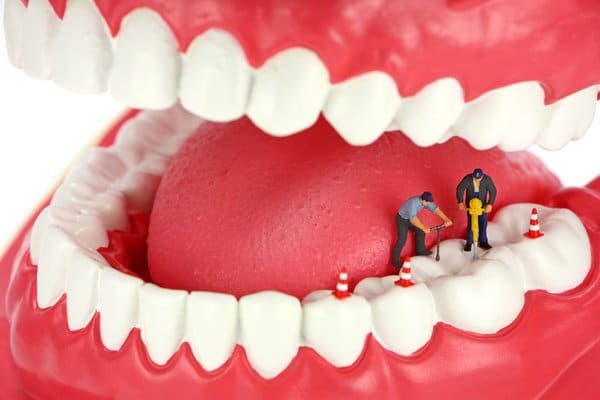Root canal treatment is performed when a tooth is infected due to decay. It is an alternative to extracting a badly decayed tooth and restoring it with a dental implant or partial denture.
Suppose your dentist has told you that you require a root canal treatment. The good news is the treatment is less painful than enduring the pain from the decaying tooth. There is a common association that root canal treatment is often painful. The treatment, however, aims to prevent further discomfort.
In this article, we will run you through what to expect when you visit your dentist to perform a root canal treatment.
Anaesthesia During Root Canal Treatment
Root canal treatment involves direct contact with inflamed pulp tissue. So, local anaesthesia is a must and will be administered by your dentist before the procedure. Once the tooth is “numb”, treatment is carried out comfortably. Other types of anaesthesia like nitrous oxide and sedation can be useful supplements to this.
A visit to the dentist does not have to be painful. There are plenty of painless options available during your dental visit. Find out more about painless dentistry here.

Dental Dam For Root Canal Treatment
The dental dam is one item that is characteristic of root canal treatment. It is a thin rubber sheet placed over the tooth to be treated, giving better visibility and access to it, while isolating it from the rest of the mouth. It is also known as a rubber dam, but with the emergence of newer non-latex materials, the term dental dam is now more commonly used.
Your dentist will apply the dental dam to prevent saliva (and bacteria) from coming into contact with the treated tooth to ensure treatment success. It also serves as a safety barrier to prevent small instruments used in root canal treatment from falling into the mouth.
How Long Does Root Canal Treatment Take?
Root canal treatment is a delicate process involving negotiating and cleaning tiny tunnels in the teeth. Expect a lengthy treatment duration of up to 4 hours, especially for back teeth (molars) with multiple canals. Indulge in the entertainment provided by the clinic, or bring your own to help you pass the time.
Alternatively, some of our patients prefer to take a nap!
Tenderness After Root Canal Treatment
Disinfectants are used during root canal treatment, aimed at eliminating harmful bacteria present in a diseased tooth. While it is essential for treatment success, these disinfectants can cause irritation to the surrounding tissues. Some tenderness is common after a root canal visit, lasting for one or two days, but can be well managed with painkillers. Speak to your dentist about a drug prescription.
Returning For a Dental Crown or Tooth Filling
Upon completion of your root canal treatment, your dentist will want to see you again, to make sure that you are healing well. A permanent tooth filling will also have to be placed on the treated tooth.
In the case of premolars and molars (back teeth), this will be a crown, designed to preserve the structural integrity of the tooth. Failing to have this done can result in a fractured tooth that cannot be salvaged.


